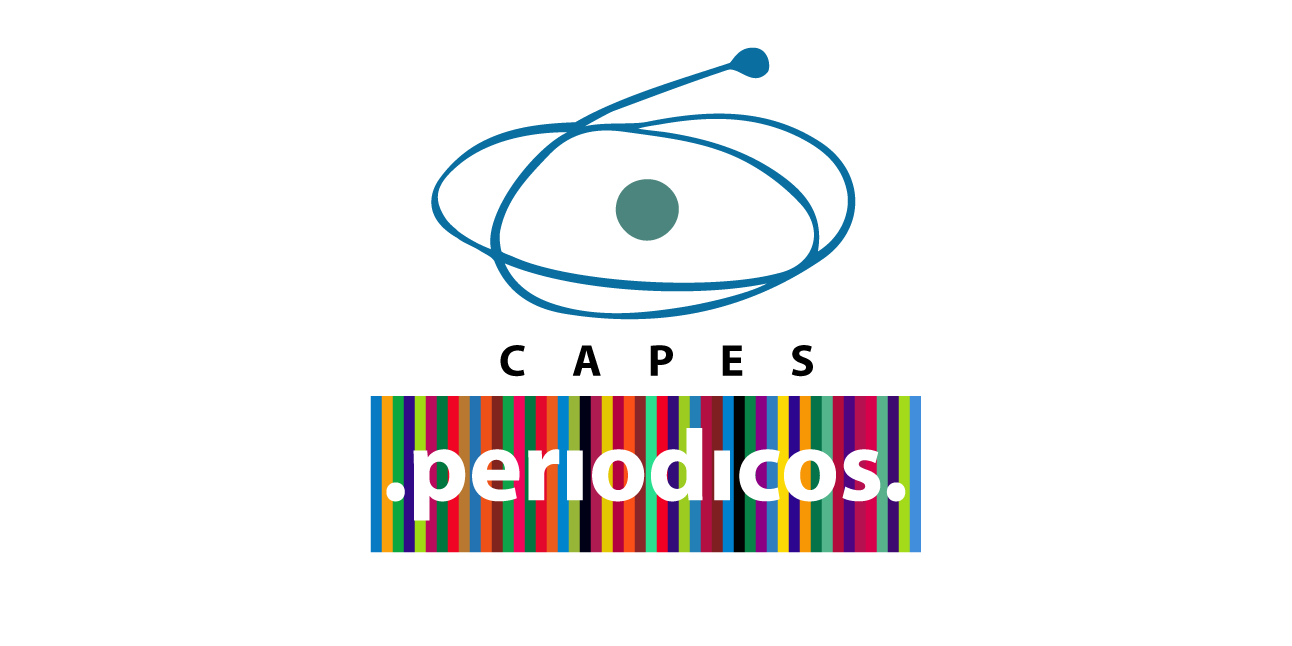DIFFERENT ADHESIVE AREAS AFFECT RESISTANCE TO MICRO-SHEARING BONDING?
DOI:
https://doi.org/10.17765/1518-1243.2017v19n2p179-185Keywords:
Resistência ao cisalhamento, Adesivos, CerâmicasAbstract
The smaller the surface area, the greater is the resistance. Specimens with small surface area have a better stress distribution and a reduction in the number of internal faults. Bonding resistance to micro-shearing of specimens with two different diameters, 0.55 mm and 0.76 mm, were analyzed. Forty Suprinity ceramic slices, 1.3 mm thick, polished by file #600, were randomly divided into two groups (n=20). Four adhesive areas in each slice were delimited by adhesive tape and fixed to circular matrixes. Specimens were conditioned with hydrofluoric acid 5% (FGM) for 20 s, washed, dried, silanized (RelyX Ceramic Primer - 3M ESPE) and dried by air jet. Matrixes were filled with resinous cement RelyX U200 3M ESPE and photopolymerized for 100 s. After 24 h in de-ionized water at 37o C, the specimens underwent micro-shearing test at 0.5 mm/min. Normal and homogeneous data were submitted to ANOVA for totally randomized assay, with no significant difference (p=0.62) between the two areas under analysis – 23.74±4.49 and 24.85±4.41, respectively for areas 0.55 and 0.76 mm. Results show that no bonding resistance to micro-shearing exists when different adhesive areas are employed.References
CEKIC-NAGAS, I. et al. Micro-shear bond strength of different resin cements to ceramic/glass-polymer CAD-CAM block materials. J Prosthodont Res, 2016.
GIACHETTI, L. et al. Reparability of aged silorane with methacrylate-based resin composite: micro-shear bond strength and scanning electron microscopy evaluation. Oper Dent, p. 28-36, 2012.
GIRALDO, T.C. et al. Active and Passive Application of the Phosphoric Acid on the Bond Strength of Lithium Disilicate. Braz Dent J, p. 90-94, 2016.
MCDONOUGH, W.G.; ANTONUCCI, J.M.; DUNKERS, J.P. Interfacial shear strengths of dental resin-glass fibers by the microbond test. Dent Mater, p. 492-498, 2001.
MORAES, R.R. et al. Light-activation of resin cement through ceramic: relationship between irradiance intensity and bond strength to dentin. J Biomed Mater Res B ApplBiomater, p. 160-165, 2008.
PASHLEY, D.H. et al. Adhesion testing of dentin bonding agents: a review. Dent Mater, p. 117-125, 1995.
PHARK, J.H. et al. An in vitro evaluation of the long-term resin bond to a new densely sintered high-purity zirconium-oxide ceramic surface. J Prosthet Dent, p. 29-38, 2009.
PHRUKKANON, S.; BURROW, M.F., TYAS, M.J. Effect of cross-sectional surface area on bond strengths between resin and dentin. Dent Mater, p. 120-128, 1998.
SANO, H. et al. Relationship between surface area for adhesion and tensile bond strength--evaluation of a micro-tensile bond test. Dent Mater, p. 236-240, 1994.
SHIMADA, Y.; YAMAGUCHI, S.; TAGAMI, J. Micro-shear bond strength of dual-cured resin cement to glass ceramics. Dent Mater, p. 380-388, 2002.
SHIMAOKA, A. M. et al. The importance of adhesive area delimitation in a microshear bond strength experimental design. J Adhes Dent, p. 307-314, 2011.
SIRISHA, K. et al. Validity of bond strengthtests: A critical review: Part I. J Conserv Dent, p. 305-311, 2014a.
SIRISHA, K. et al. Validity of bond strengthtests: A critical review-Part II. J Conserv Dent, p. 420-426, 2014b.
TEDESCO, T. K. et al. Starchtubing: an alternative method to build up microshear bond test specimens. J Adhes. Dent, p. 311-315, 2013.
VAN MEERBEEK, B. et al. Relationship between bond-strength tests and clinical outcomes. Dent Mater, p. 100-121, 2010.
VIEIRA, H. H. Influência do tipo de matriz e de um antioxidante experimental na resistência de união entre compósito e estruturas dentais através de microcisalhamento. 2013. Dissertação (Mestrado em Odontologia) – Faculdade de Odontologia de Piracicaba, Piracicaba, SP.
Downloads
Published
How to Cite
Issue
Section
License
The Editorial Board is authorized to make certain changes in the original text to comply with bibliographical norms, orthography and grammar, so that standards in language and style may be maintained. However, the author´s style will be preserved. The concepts developed by the authors are their exclusive concern and responsibility.In case of approval, the e-mail of acceptance will contain a Letter of Copyright with authors´ name, personal data, and signature of all authors.










